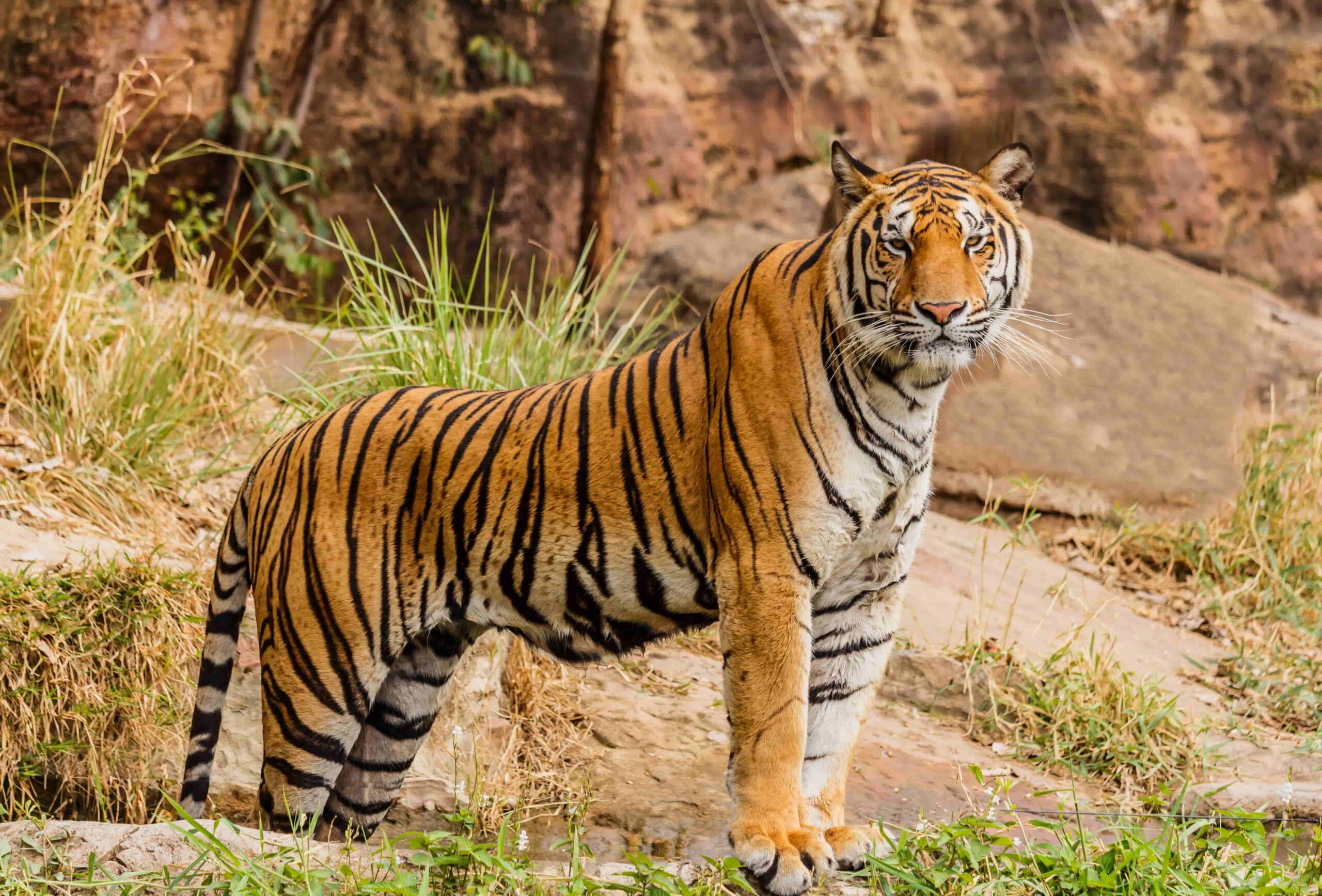The Royal Bengal Tiger was declared as the national animal of India in 1973. The move was a part of ‘Project Tiger’ to check the shrinking population of these big cats.
When the project was launched from Corbett’s Dhikala range, the Royal Bengal Tiger was facing extinction with only about 268 wild cats according to first ever tiger census. Poaching, trophy hunting and human animal conflict had caused many of them to die.
In order to save them, the very first tiger conservation efforts undertaken as part of Project Tiger was to ensure that the natural habitat of the big cat is in place. According to estimates, a tiger needs about 25,000 acres of forest land for it to survive.
The latest figures say that there are 50 tiger reserves across the country spread over total area of 71027.10 square kilometres which are covered by these project tiger areas. Availability of more geographical areas and buffer zones to avoid human-tiger conflict India has been able to gradually but significantly increase the tiger population.
All is still not completely well for these wild animals. It is believed that the growth of illegal international trade of tiger parts has resulted in a growth of poaching in the country. About 115 tigers were killed in 2017 as per the government data and the number would certainly be higher in this year.
Apart from poaching, the rise in tourism has created disturbances for the big cats. Tigers are becoming more and more vulnerable by coming in frequent human contact because of tourism. The contact can be lethal for both parties as the tiger would not be able to differentiate between a tourist with a camera and a poacher with a gun.
Another harm caused because of tourism is that ignorant tourists often end up littering and leaving plastic waste inside the tiger reserves. This can bring diseases for the big cats that they are not immune to.
Thank you for reading the story until the very end. We appreciate the time you have given us. In addition, your thoughts and inputs will genuinely make a difference to us. Please do drop in a line and help us do better.
Regards,
The CSR Journal Team


